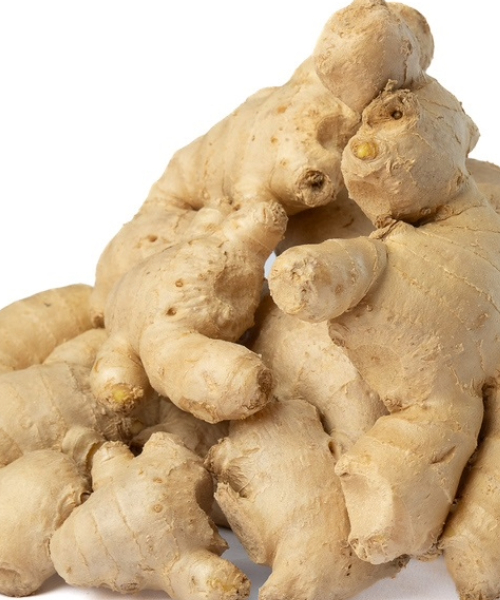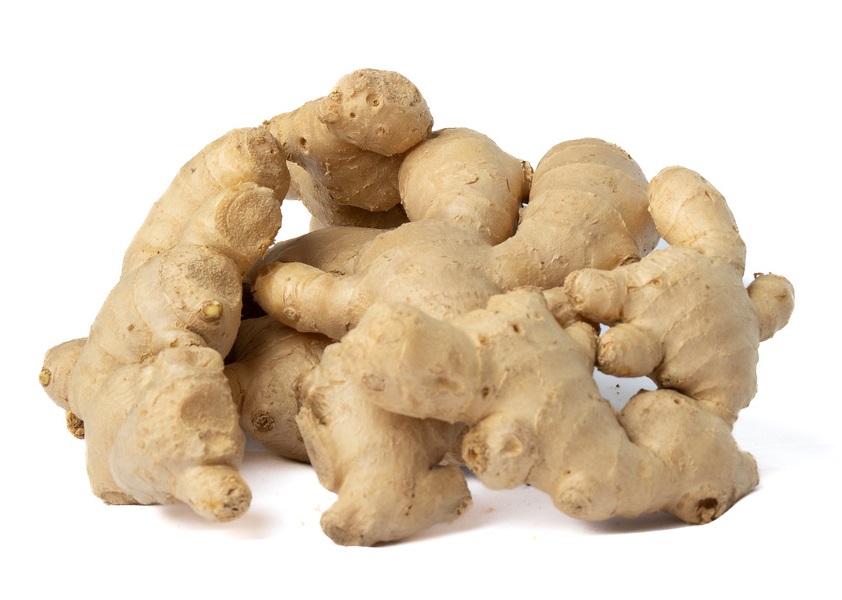A Versatile Root with Culinary, Medicinal, and Cultural Significance.


A Versatile Root with Culinary, Medicinal, and Cultural Significance.


Ginger, scientifically known as *Zingiber officinale*, is a versatile root known for its pungent flavor, warming aroma, and extensive health benefits. It has been used for centuries in cooking, traditional medicine, and cultural practices across the globe. In this article, we explore the origins of ginger, its nutritional and medicinal properties, its diverse culinary uses, and its role in various cultural traditions.
Origins and Cultivation
Ginger is believed to have originated in Southeast Asia, particularly in India and China, where it has been cultivated for over 5,000 years. From there, it spread to other parts of Asia, the Middle East, and eventually to Europe and the Americas through trade routes like the Silk Road. Ginger's popularity grew due to its unique flavor and medicinal properties.
Ginger is a tropical plant that thrives in warm, humid climates with rich, well-drained soil. The plant grows from rhizomes—thick, knobby underground stems—and produces tall, slender shoots with lance-shaped leaves. The ginger root we use is the rhizome, which is harvested after 8 to 10 months of growth, depending on the desired maturity and flavor profile.
Nutritional and Medicinal Properties
Ginger is a nutrient-rich root that contains various bioactive compounds, including gingerol, shogaol, and zingerone. These compounds contribute to ginger's distinctive flavor and many of its health benefits. Here are some key nutrients and medicinal properties of ginger:
- Gingerol: A powerful antioxidant and anti-inflammatory compound that provides ginger's characteristic spiciness and is responsible for many of its health benefits.
- Vitamins and Minerals: Ginger contains small amounts of vitamin C, magnesium, potassium, and phosphorus.
- Dietary Fiber: While not a significant source, ginger does contain some fiber, which can aid digestion.
The medicinal properties of ginger have been recognized for centuries in traditional medicine, including Ayurveda and Traditional Chinese Medicine (TCM). Below are some of the key health benefits associated with ginger:
1. Anti-Inflammatory and Antioxidant Effects
Ginger's gingerol content provides potent anti-inflammatory and antioxidant effects, helping to reduce inflammation and protect against oxidative stress. This can benefit those with inflammatory conditions like arthritis.
2. Aids Digestion and Relieves Nausea
Ginger has long been used to alleviate digestive issues, including nausea, indigestion, and bloating. It is commonly used to ease morning sickness during pregnancy and motion sickness during travel.
3. Supports Cardiovascular Health
Some studies suggest that ginger may help lower blood pressure, reduce cholesterol levels, and improve blood circulation, contributing to cardiovascular health.
4. Relieves Pain
Ginger's anti-inflammatory properties may help reduce pain, particularly in conditions like osteoarthritis. It is also used to alleviate menstrual cramps and headaches.
5. Boosts Immunity
Ginger's antioxidants and antimicrobial properties may help strengthen the immune system, making it useful in combating colds and flu.
Culinary Uses
Ginger's distinct flavor makes it a popular ingredient in both savory and sweet dishes. It is used in a variety of forms, including fresh, dried, powdered, and as an extract or oil. Here are some common culinary uses for ginger:
1. Fresh Ginger
Fresh ginger can be grated, sliced, or minced and used in stir-fries, soups, marinades, and teas. It adds a pungent, zesty flavor to dishes and is often combined with garlic and other aromatics.
2. Ground Ginger
Ground ginger is a staple in baking, used in gingerbread, cookies, cakes, and other desserts. It is also used to season savory dishes and spice blends.
3. Ginger Tea
Ginger tea is made by boiling fresh ginger slices in water, creating a soothing and warming beverage. It is often consumed to relieve nausea or as a remedy for colds.
4. Ginger Ale and Ginger Beer
Ginger is a key ingredient in ginger ale and ginger beer, popular carbonated beverages. These drinks are often used as mixers in cocktails or enjoyed on their own.
5. Pickled Ginger
In Japanese cuisine, pickled ginger, or "gari," is commonly served with sushi. It has a tangy and slightly sweet flavor, used to cleanse the palate between bites.
Cultural Significance
Ginger holds cultural significance in many regions, where it is a key ingredient in traditional dishes and herbal remedies. In India, ginger plays a central role in Ayurveda, with a rich history of use in teas and medicinal concoctions. In Traditional Chinese Medicine, ginger is used to balance the body's energies and treat various ailments.
In Western cultures, ginger has become synonymous with holiday baking, with gingerbread and ginger snaps being popular treats during festive seasons. In the Caribbean, ginger is used to make traditional beverages like ginger beer and is also included in savory dishes like jerk chicken.
Ginger is a versatile and nutrient-rich root with a wide range of culinary applications and health benefits. Its anti-inflammatory and antioxidant properties, along with its ability to aid digestion and boost immunity, make it a valuable addition to any diet. Whether used in cooking, baking, or traditional medicine, ginger offers a unique flavor and a connection to cultural traditions across the globe. As you explore new foods and flavors, consider incorporating ginger into your meals and remedies to experience its distinctive taste and health benefits.